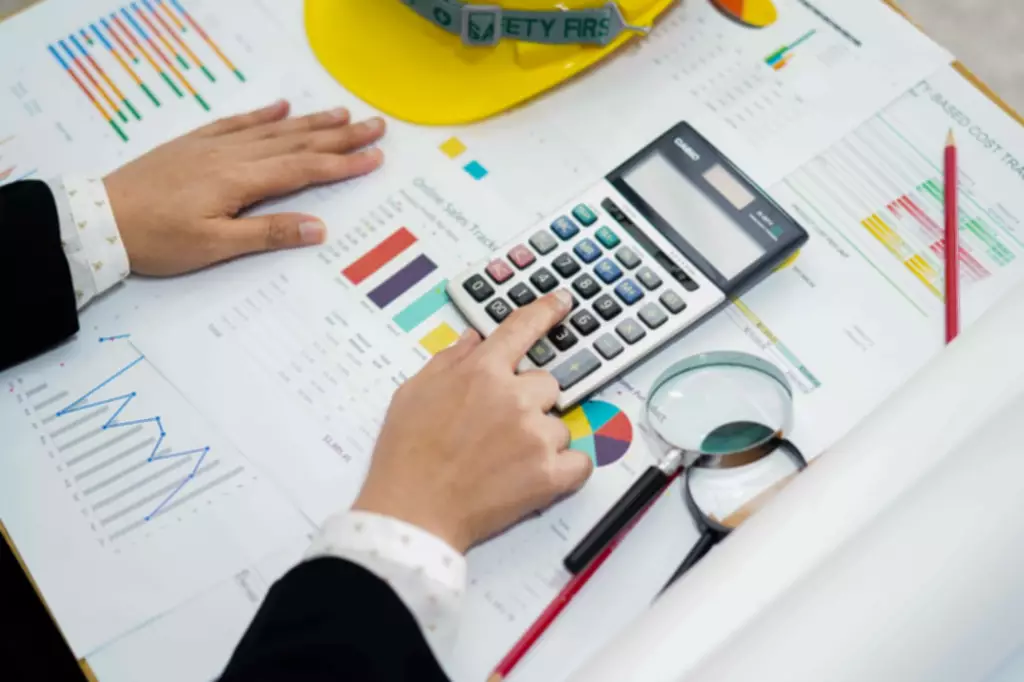
Restaurant Resource Group: The Importance of Monthly Restaurant Financial Reporting
Content

For casual dining and quick-service restaurants (QSRs) these differences amount to 29% and 10%, respectively. The term cash flow describes the money moving into and out of your business. A cash flow statement details what this flow looks like for your restaurant.
The most susceptible companies are those in the Casual Dining segment that were hit in the last recession had relied on financial engineering to stay afloat for the last decade. We expect a silver lining to come in Q3 for operators and investors who can weather the storm through the balance of Q2. Your success as a restaurant is dependent on making smart, data-driven decisions in the moment that set you up for long-term success.
Smooth The Labor Crunch With Pay365
Katherine is the Content Marketing Manager at TouchBistro, where she writes about trending topics in food and restaurants. Whether it’s chowing down on camel burgers in Morocco or snacking on octopus dumplings in Japan, she’s always up for new food experiences. From the restaurant balance example above, it’s clear that there’s a lot of number-crunching involved in filling out this key financial spreadsheet. To start filling out our sample sheet for The Spotted Pig, we would begin by pulling data from the venue’s POS system and accounting software. Use this customizable restaurant P&L template for Excel to analyze your operations, budget, and growth. Step 4 – Section 4 – Owner’s Equity, or what your equity investments are in the restaurant.

To get a crystal-clear picture of your financial performance, you must understand the ins and outs of your restaurant balance sheet. It seems that there are operators who are
numbers people who enjoy analyzing financials, https://www.bookstime.com/articles/restaurant-bookkeeping and then there are those who are
not and are uncomfortable with numbers. Those who are not often defer
collecting and recording numbers to someone else, and do not really understand
what the numbers are telling them.
Products for Restaurant Operations
It’s always worth knowing your bestsellers and your biggest financial drains. Imagine this – after a bustling day at your cozy Italian restaurant, the sweet aroma of tomato sauce and garlic still lingers as the last customers leave, their faces beaming with satisfaction. The clatter of dishes and laughter has quieted down, and you finally have a moment to take a breather. There is nothing unique or unusual about the
importance of knowing your numbers. However, the difference between
well-managed companies and not-so-well-managed ones is the degree of attention
they pay to their numbers.
As a median, U.S. publicly traded restaurants have 42.5% of assets financed by equity (as of 2018). For the top quartile, equity reaches 62.1% of assets or more, indicating that they are more often locked up with debt than equity. Labor has increasingly become the biggest pain point for operators in the restaurant industry.
Special Rules of Balance Sheet
The simplest example is cash, actual money that your business can use to pay suppliers, the landlord, etc. A chart of accounts is a list of the names of all accounts used by a particular business. It’s crucial for a restaurant’s decision-makers to have access to financial information that’s accurate, reliable, and relevant. Just make sure you create a clear and accurate balance sheet that shows the right figures.
Robust restaurant accounting software, with tools like automated AP and a full POS integration, can help automate the process of tracking expense and revenue data that makes up your total assets, liabilities, and equity. Your P&L is extremely valuable to manage your operations, budget, and future business growth. By monitoring key metrics, you can compare your business to industry targets or monitor different experiments you may be running.
Small Business
These are, broadly, the costs involved in people producing and serving food at the restaurant, including payments to food preparation workers, cooks, servers, first-line supervisors, and managers. In the U.S. the average hourly wage has been consistently climbing since 2011 and it’s close to $16/hour as of 2021. Many restaurant chains have learned the importance of tracking food commodities the hard way, when disease or a shortage of a particular commodity have sent prices soaring. In 2013, for instance, Darden saw its food and beverage costs rise six percent (outpacing an increase in sales) in the wake of a disease affecting Asian shrimp.
- A more tangible way to think about a restaurant balance is to imagine this statement as a set of scales.
- The fact is that a profit and loss statement and a restaurant balance sheet complement each other, but neither can really take the place of the other.
- The term cash flow describes the money moving into and out of your business.
- Download the Restaurant Balance Sheet Template that is designed as a simple balance sheet for any kind of restaurant.
Sensible scheduling and employee productivity KPIs are the best ways to control the cost of labor. Restaurant financial analysis can review payroll reports, sales reports, and customer counts to optimize scheduling and productivity and to decrease the cost of labor. Menu engineering and performance optimization can help lower food costs without affecting quality. The three biggest costs for restaurants are food, labor, and occupancy, where prime costs (food and labor) alone can account for 60%+ of sales. Franchising is often seen as an attractive growth strategy because of the lower capital requirements for the franchisor relative to build-out costs, as franchisees pay the hard costs of restaurant openings. Oftentimes the franchisor offers franchise financing, in which case interest payments add to the franchisor profits.
R365 Accounting
Restaurant365 restaurant accounting software is a cloud-based platform that’s fully integrated with your Point-of-Sale system, as well as to your food and beverage vendors, and bank. Your profit and loss statement should not be confused with your restaurant balance sheet. While the P&L weighs sales and costs to show the amount of profit or loss generated by your restaurant, https://www.bookstime.com/articles/bookkeeping-clean-up-guide your balance weighs assets and liabilities to reveal if your business is financially stable. Restaurant finances show that pre-crisis, the debt-to-EBITDA ratio for the U.S. restaurant industry sat at 2.7x (as a median, based on public companies). At this rate, debt repayment would take close to three years (assuming all EBITDA is applied to debt repayment).
Restaurant liabilities represent the financial obligations your restaurant owes to external parties, like lenders, suppliers, and employees. They can include accounts payable, capital leases, short-term loans, and long-term debt. Furthermore, a well-maintained balance sheet can boost your credibility with lenders and investors, showcasing your restaurant’s financial stability and growth potential. It’s essential for attracting additional equity capital and securing loans to expand your restaurant business. In one case, I worked with a financial
institution when one of their loan customers stopped paying their business
loan.